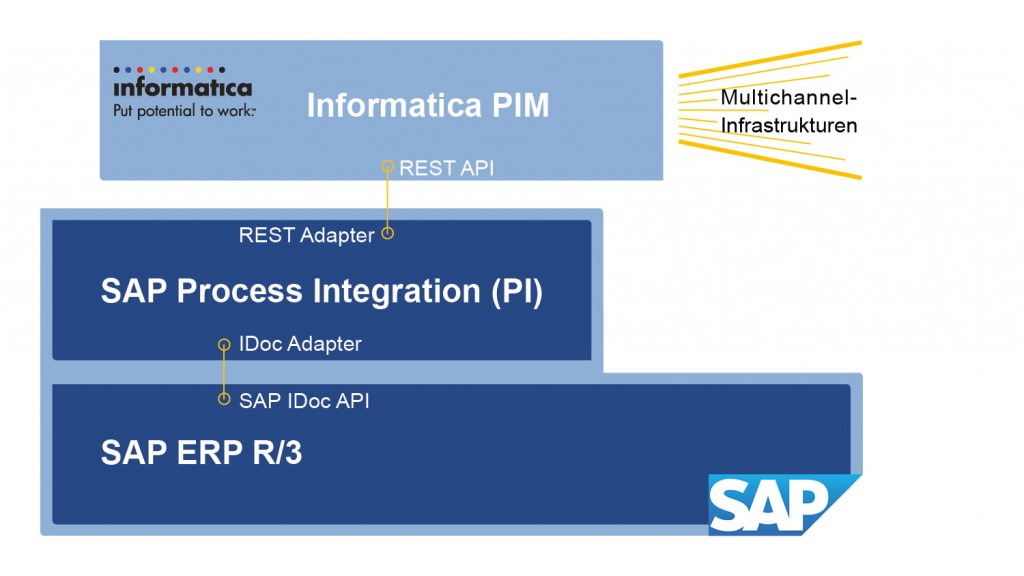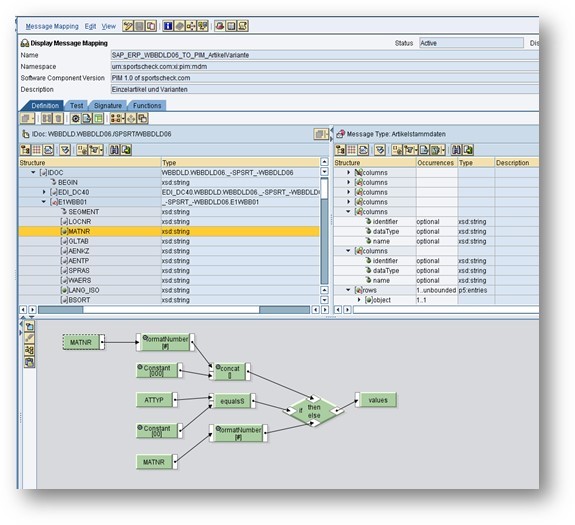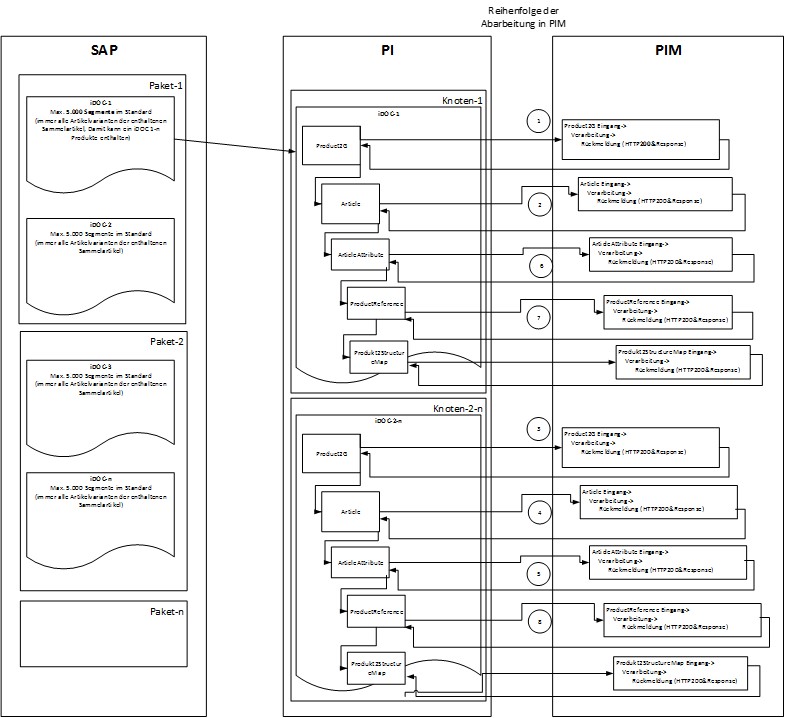PIM@SportScheck goes SOA

PIM@SportScheck goes SOA
As Germany’s leading multichannel sporting goods retailer, SportScheck keeps a close eye on trends and market developments. To retain and expand its position as market leader, however, the company needs to do more than just keep on developing its strategy and coming up with new business ideas.
It also needs to handle the huge demands on the system landscape, which needs to be flexible and innovative enough to offer the services of tomorrow using the IT solutions of today. In order to implement new business processes using the functionality of the current versions of standard software solutions, add new applications to the system landscape and replace legacy systems, the systems need to be as decoupled as possible from a technical perspective.
A dataset in the relevant systems that is always up-to-date is a further basis, which allows companies to react immediately to market movements and implement marketing requirements as quickly as possible. Data must be exchanged between the systems practically in real time. Is this a technical dilemma? Not if you have the right architecture! In response to this challenge, parsionate supported SportScheck with the implementation of a service-oriented architecture using the new PIM solution.
The PIM system at SportScheck acts as a service provider for omnichannel product data for the entire company. It uses the Enterprise Service Bus (ESB) based on SAP PI as the central infrastructure component. This central component for controlling processes and data flows for product data also allows new processes and data flows to be added or existing ones adapted without any system intervention. Ultimately, it has even been used to provide the basis for mapping multi-stage cross-system (business) processes (choreography).

Using SAP PI not only provided flexibility for new requirements, but also allowed the SAP ERP system and Informatica PIM to be completely decoupled from each other from a technical standpoint. The exchange of data between PIM and SAP PI in near real time based on REST web services provides the basis for mapping processes faster and across all applications. This allows SportScheck to map event-driven synchronisation between SAP and PIM (including direct processing feedback) in near real time.

Integrated web service mapping
Besides flexibility and speed, the central monitoring of processes and data flows in SAP PI is a further advantage of the architecture used. With this architecture, there is one clear place where the interfaces can be checked. It also allows the option to add central end-to-end monitoring.
At the end of the day, it is not just the quality of the solution that counts, but also the implementation costs and the follow-on investment in the future. These can be considerable especially when it comes to system integration.
By using standard interfaces both on the SAP and PIM side, no modifications or enhancements of SAP or PIM are necessary for the integration. This not only reduces the maintenance costs of the integration solution, but also keeps the costs of future updates of the standard systems down.

Snapshot interface description
SportScheck can now also implement new time-critical processes and easily adapt existing processes based on the architecture and integration used. The solution also offers investment protection and significantly lower TCO, especially when updating or changing systems. parsionate not only played a key role in defining the architecture for the entire solution, but also provided implementation support for the integration.
To achieve optimal performance of the interfaces and API calls, optimum parametrisation of the systems and components is necessary. This depends on the specific processes, the structure and the volumes of data. The optimum settings can sometimes only be determined by relevant performance tests.
parsionate defined the right test cases and planned the tests together with the SAP experts. parsionate also conducted the tests and was responsible for evaluating and interpreting the results. parsionate determined and implemented the appropriate PIM component configuration and defined the optimum process control within the PI system.
Specific features of the selected integration architecture
- Integration using real-time capable interfaces (services)
- Central control of processes and data flows via ESB (SAP PI)
- Central monitoring of processes and data flows in PI
- Basis for mapping multi-stage cross-system (business) processes (choreography)
- Option for event-driven, near real-time synchronisation between SAP and PIM
(incl. direct processing feedback) - Technical decoupling of the systems through ESB (PI)
- The use of standard interfaces means that no customizing/enhancement of SAP or PIM is required for the integration
Systems and components
- SAP R/3
- SAP IDoc
- SAP PI
- Advantco REST Adapter
- Informatica PIM REST API